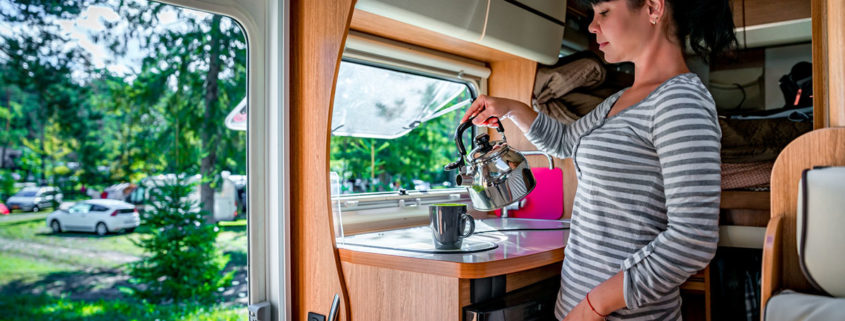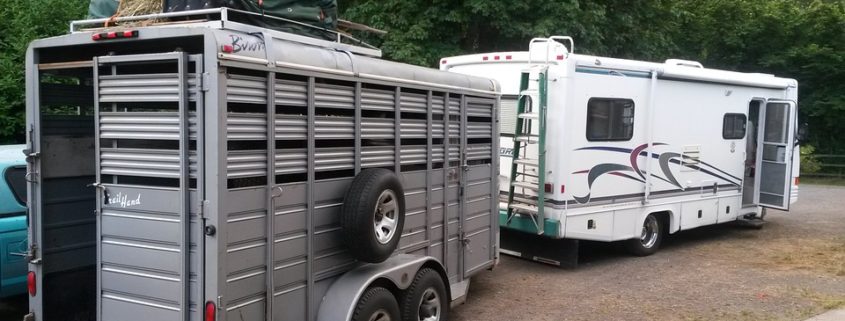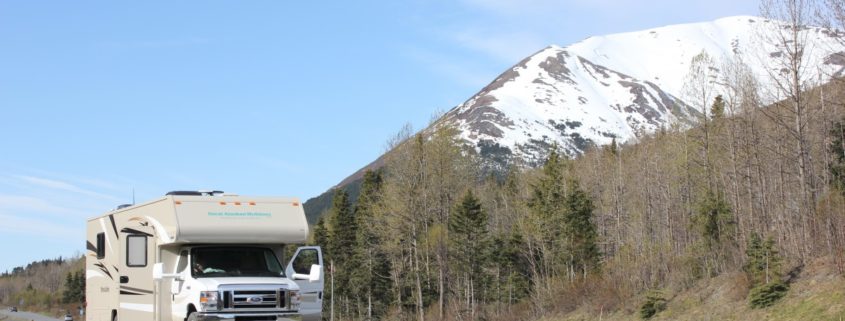8 Tips to Survive RV Living
Making a transition to RV living just like any small space living comes with a number of challenges but here are a few ideas to help you get through the transition to RV living. Whether you are a family, a solo traveler or a couple you’ll definitely find these tips very helpful.
Communicate
The major factor to your survival in an RV is great communication. RV has limited space and it will quickly get even smaller if you’re upset or hostile to your partners. Of course you could go walking, sit outside for some time or go driving, but short-term distance won’t fix the problems. Deficiencies in communication in the first months of your transition to RV living could put pressure and emotional stress on your relationship. Life is a lot more pleasurable, if you figure out and deal with your communication problem.
Know Your RV
All new RV suitcases comes full of user manuals. There are manuals for each and every component in the RV. Hence, It is advisable to thoroughly go through each manual and download the online versions as duplicate copies, this will make searching for a specialized topic more convenient and faster.
Spring Cleaning
Trying to figure out stuffs to carry for full time RV living is usually a challenge for most people. Without thorough and detailed planning you’ll end up with excessively too much stuff in you RV but you can carry out a spring cleaning exercise by re-evaluating every single thing in the RV. You could possibly sell the bicycles you don’t use or donate clothing you no longer need.
Create a Checklist
Just like a pilot’s pre-flight checklist, it’s extremely vital that you have a pre-departure checklist for your RV. Every checklist will likely be different subject to the type of RV as well as the gear. In the Class A RV, check carefully to ensure the antenna is down, the jack pads picked up, and ensure that all cords and hoses are property stowed. The major point is to create an all-inclusive list and always check it whenever you want to leave a place.
Everything Has A Place
Every little thing ought to have a place in your RV. Sometimes when the RV goes down a rough road you might probably have vinegar or other bottles with liquid content that gets loosed and mess the whole place because they were kept in the wrong places. In addition, keeping everything in its own place can make packing up a lot faster and easier as you know where all the things are.
Expect the Unexpected
It does not matter if its extreme weather, a flat tire or a windshield problem, always be well prepared for the unforeseeable. Have an RV repair fund to cover unforeseen situations that might arise. Have a spare just in case there’s a flat tire. Create a contingency plan for those unforeseen circumstances. Have a plan in case of a flash flood and you have flooding river in your camp or medical emergencies where there is no cell phone signal.
Be Flexible
It’s really great to know where to go, what direction to go and the length of time to stay but don’t have a rigid plan, be a bit flexible with your plans. Be prepared to stay a couple of nights or leave early if there is a need. Each town has a new experience that you’ll either love or despise. Hence, having a flexible schedule means you can stay longer in places you enjoy and take off early in places you despise.
Enjoy the Journey
More than anything delights in your journey. There are problems related to RV living, but there are even more pleasures.




